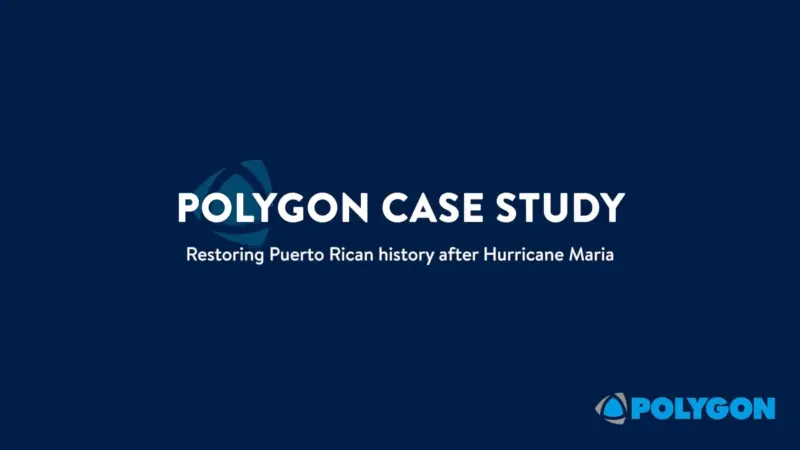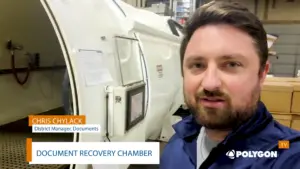USP CLASS VI CERTIFICATION
The complexities of medical device bio-compatibility can be difficult to navigate. In this post, we will explain how plastics are classified and tested to ensure patient safety.
The U.S. Pharmacopeial Convention (USP) is a nonprofit organization responsible for creating standards for a variety of healthcare elements, including devices and equipment. The USP promotes bio-compatibility for plastics and polymers that come in contact with patient tissue. For these materials, there are six classes, with VI being the most stringent. While the first five classifications are valuable for certain materials, Class VI is the most compatible for medical applications.
USP Class VI – Three Evaluations to Ensure Safety
For the USP Class VI, there are three tests that materials must meet to be deemed safe. There are four standards that these evaluations test: purity, strength, quality and consistency. Here are the three tests explained:
- Acute Systemic Toxicity measures the toxicity and irritation when a sample of the material is administered orally, placed on the skin or inhaled. It is extracted in up to four solutions: saline, vegetable oil, alcohol saline and polyethylene glycol. The test model is then observed for three days to determine any ill effects.
- Intracutaneous determines the material’s toxicity and localized irritation when it touches live skin. It is extracted using the same four solutions. Test and control sites are compared to see if there is any significant reaction.
- Implantation assesses toxicity, infection and irritation of intramuscular These implantations are observed for five to seven days to determine if there is any negative response.
These tests focus on toxicity while evaluating temperature over specific time periods. If a material does meet rigorous USP Class VI standards, then it is likely to be accepted by the FDA and USDA. Class VI testing encompasses any kind of possible applications that include the standard polar and nonpolar extracts required for ISO 10993-12 for completed devices. It’s considered the gold standard for medical-grade raw materials.
The USP Class testing was initially intended for polymers but can also be used to test other materials that encounter patients. The Class labels are meant to represent real-world usage.
EVA from Presco Meets Class VI
EVA (ethylene-vinyl acetate), is a copolymer consisting of ethylene and vinyl acetate. This medical grade film is a soft, clear material that can be RF-welded to create medical solution containers and tubing sets.
With rising concerns regarding the use of PVC in medical applications, EVA has been found to be a suitable alternative for medical use. In fact, for medical bags, EVA is the preferred choice—it has proven track record spanning three decades of wide use in medical device applications, particularly in IV therapy.
Why Choose EVA?
- 30% lighter than PVC for a better yield and lower shipping costs
- EVA has better tear and burst strength
- Exceptional sealing properties
- Strong impact resistance and cold crack properties
- Meets all regulatory requirements of the market
- Bio-compatible as certified with USP Class VI testing
- No plasticizers or chlorine
- Printable for fill lines
Pres-Flex EVA is Presco’s first PVC-free manufacturing capability for engineered film. To learn more about USP Class VI certified EVA film from Presco, contact us today. Our team of experienced professionals can guide you through your organization’s unique needs to determine whether this highly-favored PVC alternative is appropriate for your manufacturing processes.








